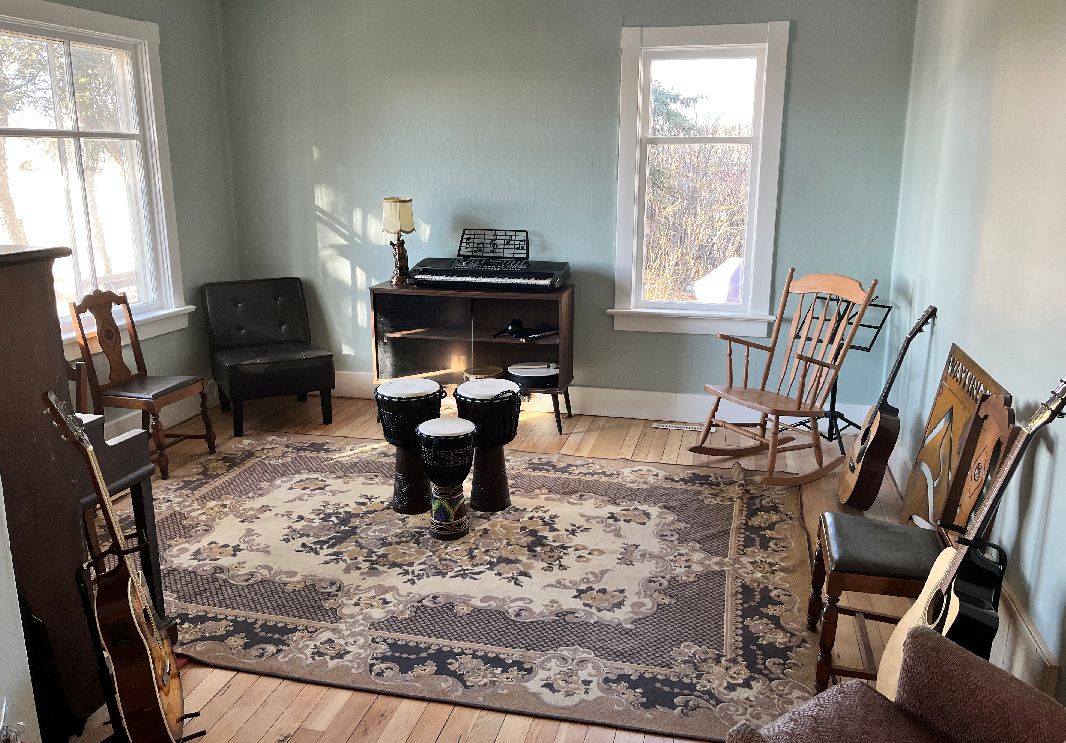How To Be Authentic About Mental Health In The Workplace
According to a recent HBR article, up to 80% of people will experience a diagnosable mental health condition over the course of their lifetime, whether they know it or not and almost 60% of employees have never spoken to anyone at work about it. It means that the effects of the stigma still loom large.
I have worked with my own depression and anxiety most of my life. While I can’t offer a prescription, I hope my experience can shed some light on this vitally important topic.
A few things I’ve learned on my journey:
- It’s okay not to be okay. Having inhuman expectations of always being “on our game” actually perpetuates mental health challenges.
- Admit when you need help. Help might mean a supportive ear in the office or a conversation with an outside professional. Having the courage to ask for help is a strength, not a weakness.
- Don’t let labels define you. I don’t believe there is such a thing as a depressed or anxious person. There are only people who have to deal with depression or anxiety.
- Compassion is critical to healing. Judgement perpetuates the problem. The only thing worse than anxiety is getting anxious about being anxious. With some help, courage, and a lens of self-acceptance, you’ll get through whatever you are dealing with.
- Uncover the gifts. Every blessing comes with a curse and every curse comes with a blessing. Working with mental health challenges means discovering the treasures in the darkness.
- Have a strength building system. Just as a physical fitness program is good for your health, so is a personalized mental fitness program. Mine includes a community of support, regular exercise, daily meditation and walks outside, and paying careful attention to what I eat.
- Don’t compromise work expectations. While there are times when you need to step away from your job to get renewed perspective and support, it’s good for our mental health to step up to the plate and do our best in our jobs. It good to be challenged in an encouraging, supportive environment. Good work is good for our well-being.




